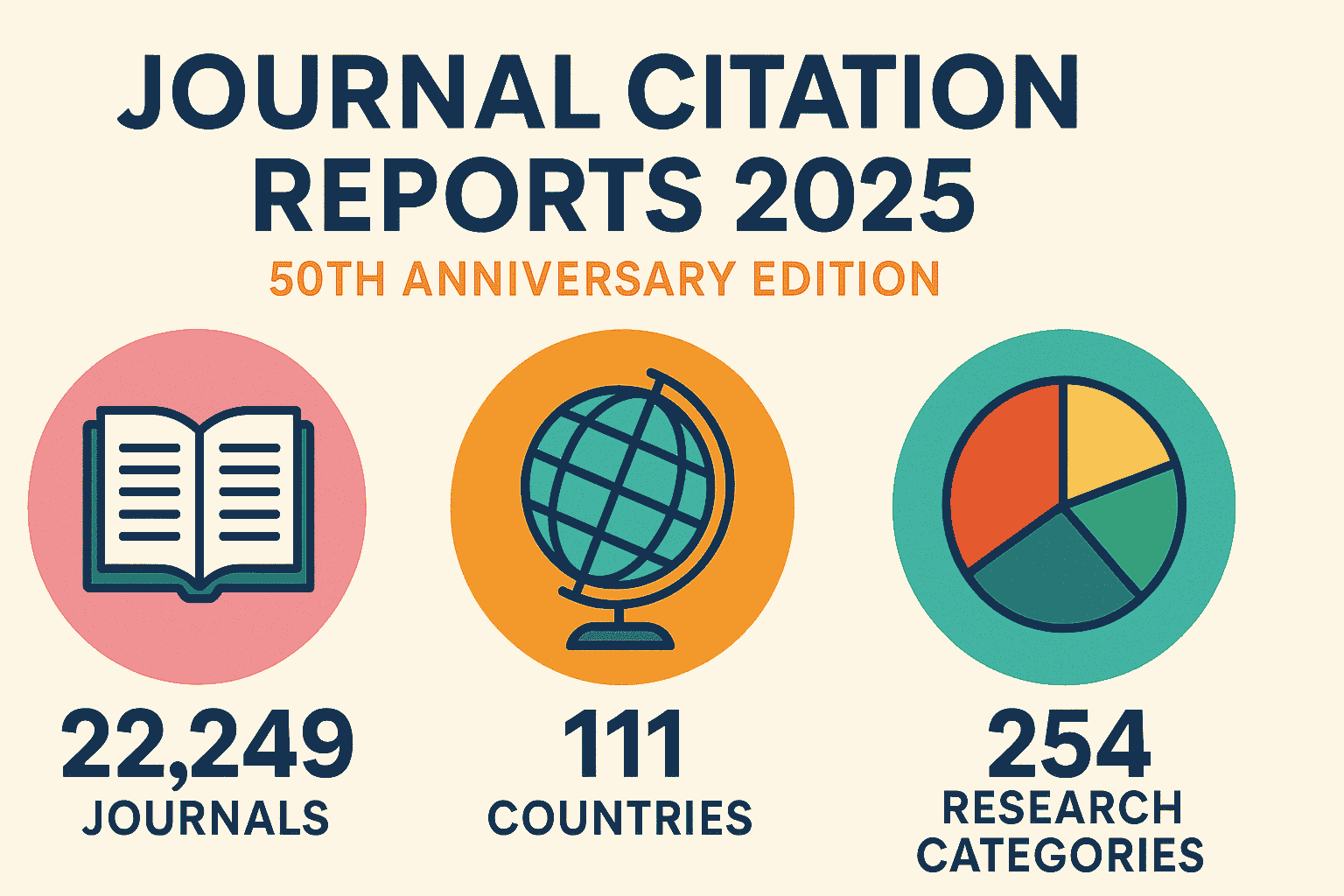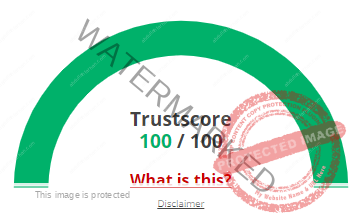Triangle structured illumination microscopy developed for sustained live-cell super-resolution imaging – New Study/Science Updates
Structured illumination microscopy (SIM) is the most preferable system for live-cell super-resolution imaging. It enables the observation of intricate subcellular dynamics. However, conventional SIM has long relied on the complex rotation of one-dimensional stripe illumination at three angles, requiring nine exposures to reconstruct a uniform super-resolution image. This greatly hinders imaging speed and causes unnecessary photobleaching, limiting the available information flux in live-cell imaging.
Summary
Structured Illumination Microscopy (SIM) is favored for live-cell super-resolution imaging, offering detailed views of subcellular activity. Traditional SIM, however, relies on rotating a striped light pattern at three angles, necessitating nine exposures to create a uniform super-resolution image. This process significantly slows down imaging speed and leads to excessive photobleaching, ultimately restricting the amount of data obtainable during live-cell observation. The multiple exposures become a bottleneck, limiting the ability to capture rapid cellular processes and reducing the overall quality of live-cell imaging.
Read more…
This post is part of “Science and Technology News”, Follow for more…!!!
Credits: Source
Disclaimer








